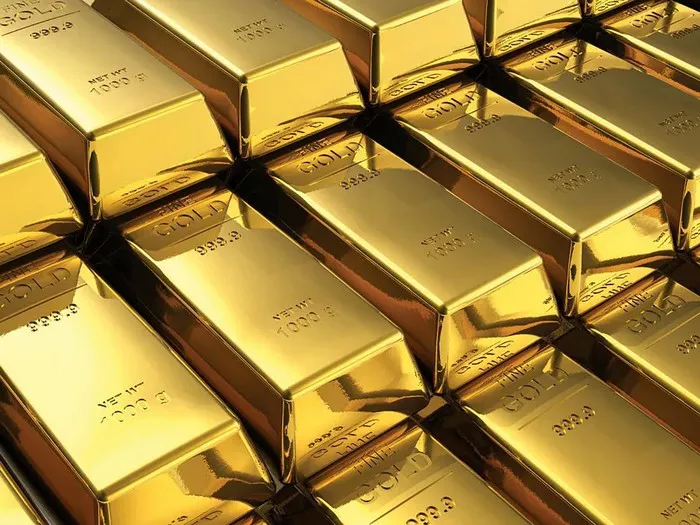In the world of finance, few assets hold the allure and timeless value of precious metals. From gold and silver to platinum and palladium, these metals have captivated investors for centuries with their intrinsic worth and stability. Precious metals investing encompasses a wide array of strategies and considerations, making it a fascinating and potentially lucrative avenue for investors. In this article, we delve into the realm of precious metals investing, exploring its fundamental concepts, strategies, risks, and opportunities.
Definition and Basic Concepts:
Precious metals investing involves the acquisition and ownership of physical metals or financial instruments tied to their value. These metals are considered precious due to their rarity, durability, and intrinsic value, which transcends economic fluctuations. The primary precious metals include gold, silver, platinum, and palladium, each with unique properties and industrial applications.
Functions and Importance:
Precious metals serve various functions in investment portfolios, including diversification, wealth preservation, and hedging against inflation and economic uncertainty. Their scarcity and historical value make them a reliable store of wealth, particularly during times of market volatility or currency depreciation. Moreover, they often exhibit low correlation with traditional asset classes like stocks and bonds, providing a valuable diversification tool for investors.
Basic Principles of Transactions:
Investors can access precious metals through several avenues, including physical ownership, exchange-traded funds (ETFs), futures contracts, and mining stocks. Physical ownership involves purchasing bullion or coins from reputable dealers and storing them securely. ETFs offer a convenient way to gain exposure to metal prices without the hassle of storage, while futures contracts enable speculative trading on future price movements. Mining stocks represent ownership in companies engaged in metal extraction and production.
Common Varieties:
Gold, the “king of metals,” has long been prized for its beauty and scarcity, serving as a store of value and a hedge against inflation. Silver, known as the “poor man’s gold,” boasts industrial applications alongside its monetary value. Platinum and palladium are crucial components in catalytic converters, making them essential in the automotive industry. Each metal has its unique supply-demand dynamics and price drivers, influencing investment strategies.
Risks and Opportunities:
While precious metals offer numerous benefits, they also pose risks to investors. Price volatility, geopolitical instability, and regulatory changes can affect metal prices and investment returns. Additionally, storage costs and liquidity concerns may arise with physical ownership. However, these risks are often mitigated by the metals’ historical resilience and their role as safe-haven assets during turbulent times. Opportunities in precious metals investing include capitalizing on price fluctuations, strategic allocation within portfolios, and participating in emerging trends such as green technology and renewable energy.
Market Impact and Development Trends:
The precious metals market is influenced by various factors, including central bank policies, geopolitical tensions, economic indicators, and investor sentiment. Recent trends indicate growing interest in sustainable and ethical mining practices, as well as the integration of metals into emerging technologies like electric vehicles and renewable energy systems. Moreover, the rise of digital assets and blockchain technology has spurred innovation in metal-backed cryptocurrencies, offering investors new avenues for exposure to precious metals.
Tools and Strategies:
Investors can employ several tools and strategies to navigate the precious metals market effectively. Dollar-cost averaging involves regularly investing a fixed amount in metals over time, averaging out purchase prices and reducing the impact of market fluctuations. Asset allocation strategies recommend allocating a portion of the portfolio to precious metals based on risk tolerance and investment objectives. Additionally, diversifying across metal types and investment vehicles can enhance portfolio resilience and mitigate specific risks associated with individual metals or instruments.
Practical Advice:
For individuals new to precious metals investing, conducting thorough research and seeking guidance from reputable sources is paramount. Before making any investment decisions, consider your financial goals, risk tolerance, and time horizon. It’s essential to understand the costs associated with each investment vehicle, including transaction fees, storage fees, and taxes. Frequently asked questions revolve around topics such as the best time to buy or sell metals, the role of precious metals in a diversified portfolio, and strategies for mitigating risks.
Conclusion:
Precious metals investing offers a compelling avenue for diversification, wealth preservation, and hedging against economic uncertainties. Understanding the fundamental concepts, strategies, risks, and opportunities is essential for navigating this dynamic market effectively. Whether through physical ownership, ETFs, futures contracts, or mining stocks, investors can harness the enduring value and resilience of precious metals to fortify their investment portfolios and pursue long-term financial objectives.


